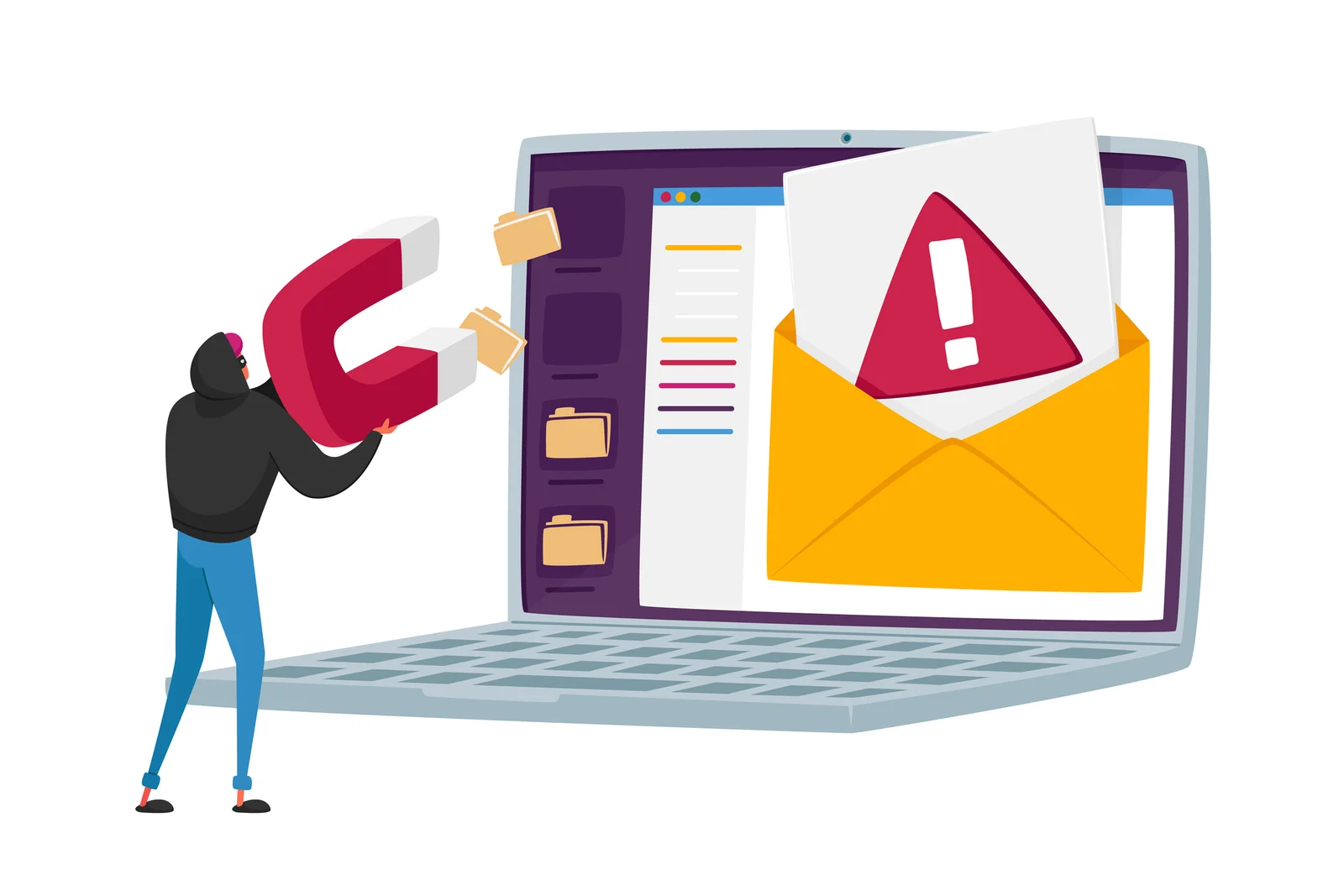- January 19, 2024
- Blog
Bulk email, also known as mass email or email blasts, is a strategic approach to Internet marketing where a singular email campaign is dispatched to a sizable audience simultaneously. This form of communication typically encompasses a variety of content such as marketing messages, newsletters, updates, coupons, and invitations, all aimed at delivering a cohesive message to a broad spectrum of subscribers.
The primary objective behind a good practice of bulk emails is to foster relationships with clients and augment sales through widespread dissemination. An integral component of executing smart practices for bulk email campaigns lies in utilizing a bulk Email Service Provider (ESP). These specialized platforms streamline the process, ensuring reliable and effective delivery of bulk emails while alleviating the complexities and costs associated with attempting to manage it independently.
Role Of Bulk Email Campaign
Given the paramount role of email communication in various aspects of our lives, including professional interactions, statistics reveal that a significant portion of the population, approximately 58%, checks their emails daily. Notably, more than 75% of adults utilize email in their workplace. Comparatively, individuals who incorporate email as part of their daily routine exhibit heightened focus when contrasted with those who kickstart their day with social media.
Impressively, 96% of email users check their inboxes daily. Due to the widespread use of email, the good practices using marketing through ESPs not only facilitate the distribution of bulk emails but often furnish marketers with specialized mass email marketing software, empowering them to efficiently manage and deliver targeted messages to diverse recipient groups. Some Bulk email examples of bulk email senders are; Sendinblue, SendGrid, Amazon SES, and Mailjet.
Best Practices For Email Campaign
To fully leverage the potential of bulk email campaigns, it’s crucial to adhere to a set of best practices that prioritize the recipient’s experience while enhancing the sender’s credibility and effectiveness. These smart practices ensure that your emails are not only welcomed but also contribute positively to your business. Here’s a complete guide to bulk email best practices so, let’s explore these best tips for sending bulk email practices in detail:
Focusing And IP Warm-Up:
The fundamental principle of sending bulk emails revolves around targeting an audience that has explicitly opted to receive your messages. This smart approach ensures that your communications are not perceived as intrusive but rather welcomed by individuals genuinely interested in your content. By adhering to this smart practice, businesses can cultivate a responsive and engaged subscriber base, laying the groundwork for successful and meaningful email interactions.
Introducing a new IP address is similar to welcoming a new member into the email community; it necessitates the gradual establishment of credibility. Therefore, the best approach for best practices for sending mass emails will be adopting best practices that involve initiating the email campaign with a low volume, progressively increasing it to develop a consistent pattern of safe and desired emails.
Include An Unsubscribe Link:
Transparency is paramount in bulk-targeted email campaign guides. So, a good practice to provide subscribers with a straightforward way to unsubscribe, allowing them to control their inboxes. This smart practice not only satisfies legal obligations but also enhances the overall user experience, contributing to a positive brand perception.
Personalize Your Emails:
Another best approach is to craft emails that cater to individual preferences and behaviors. Tailor content based on past interactions, interests, and purchase history to make each communication feel exclusive and directly relevant to the recipient.
Segmentation For Email List:
Organizing your email subscribers into distinct groups based on demographics, purchase behavior, and preferences is also one of the good email best practices. This smart practice allows for targeted campaigns that speak directly to each group’s unique interests, increasing engagement and conversion rates.
Enhancing Email Engagement and Legitimacy:
In the competitive landscape of crowded inboxes, the incorporation of interactive elements becomes pivotal. Utilizing AMP-powered interactive emails, generated through tools like Mailmodo, introduces app-like functionality, thereby markedly enhancing the overall user experience. By offering engaging and dynamic content, businesses can captivate recipients, ensuring their emails stand out amidst the deluge of messages.
Ensuring the successful delivery of emails requires the implementation of robust authentication measures such as SPF, DKIM, and DMARC. These measures serve as badges of legitimacy, effectively verifying the sender’s identity and safeguarding against the risk of emails being erroneously marked as spam. By adopting this exercise, businesses not only bolster their deliverability but also establish trust with recipients, reinforcing the credibility of their email communications.
Comply with Email Regulations:
one of the best exercises for mass email marketing is to Adhere to email regulations such as CAN-SPAM and GDPR. Transparency about your identity and the purpose of your email is not only a legal requirement but also a good business practice.
Maintain the Hygiene of Your Email List:
Regularly audit your email list to remove subscribers who have disengaged or changed contact details. A well-maintained list is crucial for ensuring maximum results in email marketing.
Craft Compelling Emails:
The content of your email is your pitch to your audience. Inject personal touches, keep subject lines relevant, and ensure the body of your email delivers on the promise made in the subject line. Keep the copy concise for maximum impact.
Choose the Right Bulk Email Software:
Selecting the right software is critical for the success of your bulk email campaign. Consider features, subscription costs, ease of use, and its impact on deliverability when choosing a platform.
Test, Monitor, and optimize before sending:
Before launching your campaign, conduct comprehensive testing to ensure the appearance and functionality of your emails. Verify compatibility across various email clients and devices, guaranteeing seamless operation of all elements. Achieve continuous improvement by actively monitoring and analyzing campaign performance.
Track metrics such as open rates, conversion rates, click-through rates, and bounce rates to gather valuable insights. Use this data to refine and optimize your campaigns for better results. Timing plays a pivotal role in the success of an email campaign. Utilize analytics to identify peak subscriber activity times. Implement send-time optimization features to ensure maximum engagement by delivering emails when your audience is most active.
Cleaning up email list:
In addition to these best practices, it’s essential to ensure that your email list is cleaned up regularly, sending emails from warmed-up IPs, tailoring messages for universal relevance, and optimizing emails for mobile viewing.
By following these best practices, you can create a bulk email strategy that not only respects the recipient but also elevates your brand’s credibility and effectiveness in the realm of email marketing.
Key Metrics For Evaluating Success In Bulk Email Campaigns
To assess the success of your bulk email campaign, focus on key metrics such as; the open rate, calculated as the percentage of unique opens to emails delivered, and gauge engagement. Timing is crucial, and an enticing subject line is imperative. Assess content relevance with the Click-To-Open Rate (CTOR), computed as total clicks divided by emails opened. Ensure mobile optimization for readability on various devices.
Monitor the unsubscribe rate, calculated by dividing unsubscribes by unique opens, considering factors like frequency and content to set acceptable benchmarks.
Conclusion
Bulk email campaigns, a strategic facet of Internet marketing, aim to disseminate cohesive messages to a diverse audience, fostering client relationships and boosting sales. Leveraging Email Service Providers (ESPs) streamlines this process, emphasizing the significance of effective email communication in various aspects of daily life. Implementing best practices, from sending only to subscribers to optimizing send times, ensures recipient satisfaction, credibility, and campaign success.
Metrics such as open rate, click-to-open rate, mobile optimization, and unsubscribe rate serve as crucial indicators, allowing businesses to gauge the effectiveness of their email campaigns and refine strategies for continual improvement in the dynamic realm of email marketing.



Comments (07)